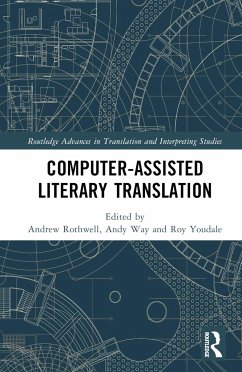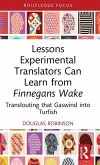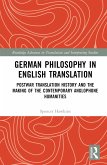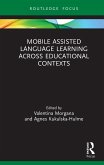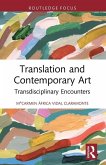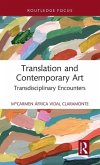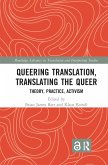This collection surveys the state of the art of computer-assisted literary translation (CALT), making the case for its potential to enhance literary translation research and practice.
The volume brings together early career and established scholars from around the world in countering prevailing notions around the challenges of effectively implementing contemporary CALT applications in literary translation practice which has traditionally followed the model of a single translator focused on a single work. The book begins by addressing key questions on the definition of literary translation, examining its sociological dimensions and individual translator perspective. Chapters explore the affordances of technological advancements and availability of new tools in such areas as post-edited machine translation (PEMT) in expanding the boundaries of what we think of when we think of literary translation, looking to examples from developments in co-translation, collaborative translation, crowd-sourced translation and fan translation.
As the first book of its kind dedicated to the contribution CALT in its various forms can add to existing and future scholarship, this volume will be of interest to students and scholars in Translation Studies, especially those working in literary translation, machine translation and translation technologies.
The volume brings together early career and established scholars from around the world in countering prevailing notions around the challenges of effectively implementing contemporary CALT applications in literary translation practice which has traditionally followed the model of a single translator focused on a single work. The book begins by addressing key questions on the definition of literary translation, examining its sociological dimensions and individual translator perspective. Chapters explore the affordances of technological advancements and availability of new tools in such areas as post-edited machine translation (PEMT) in expanding the boundaries of what we think of when we think of literary translation, looking to examples from developments in co-translation, collaborative translation, crowd-sourced translation and fan translation.
As the first book of its kind dedicated to the contribution CALT in its various forms can add to existing and future scholarship, this volume will be of interest to students and scholars in Translation Studies, especially those working in literary translation, machine translation and translation technologies.

